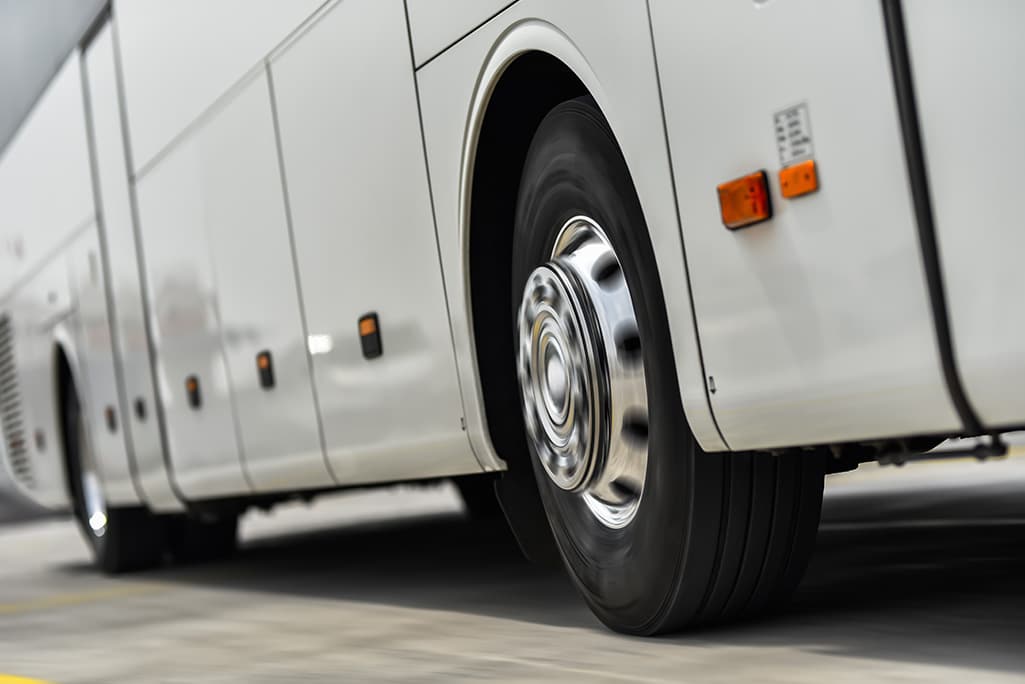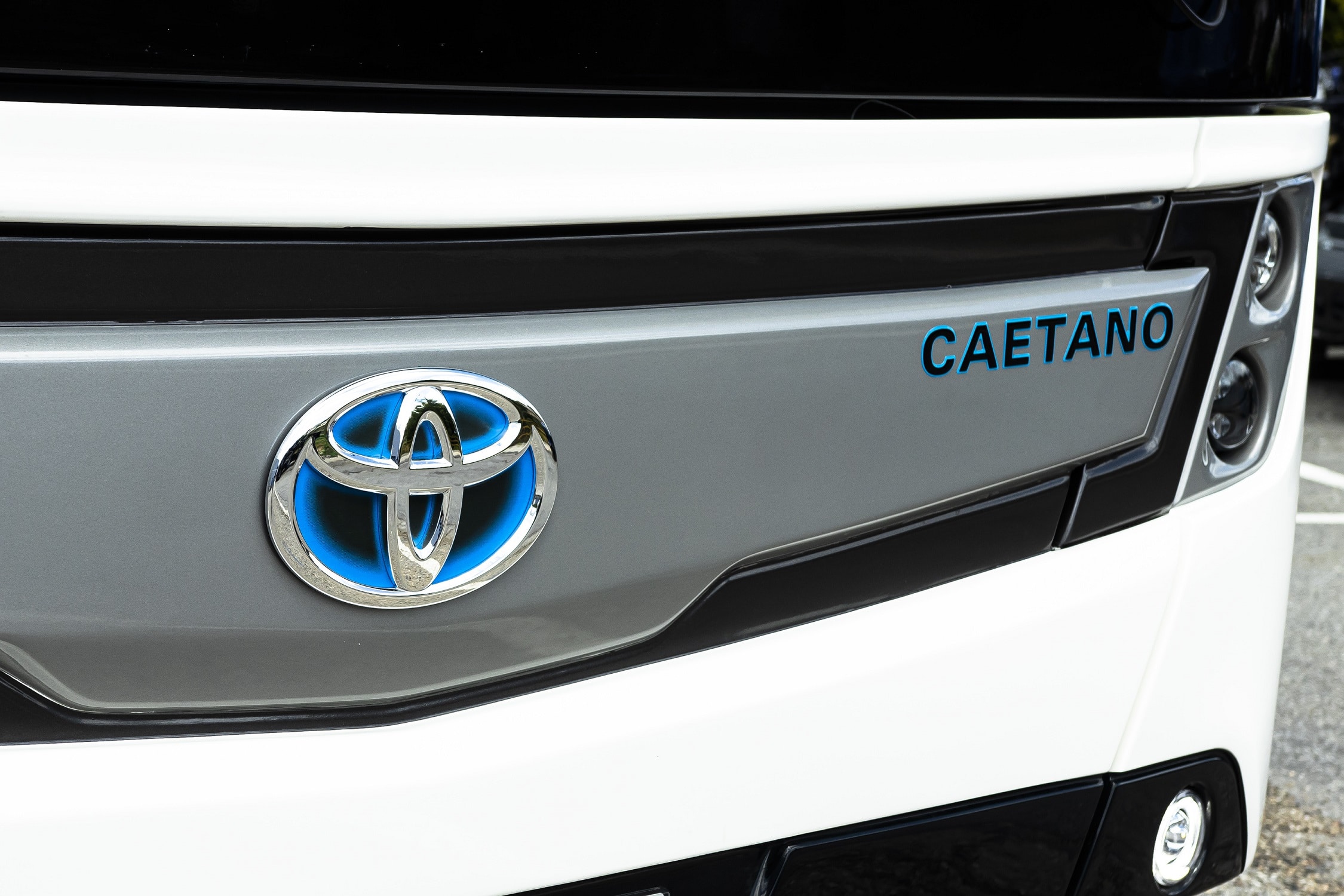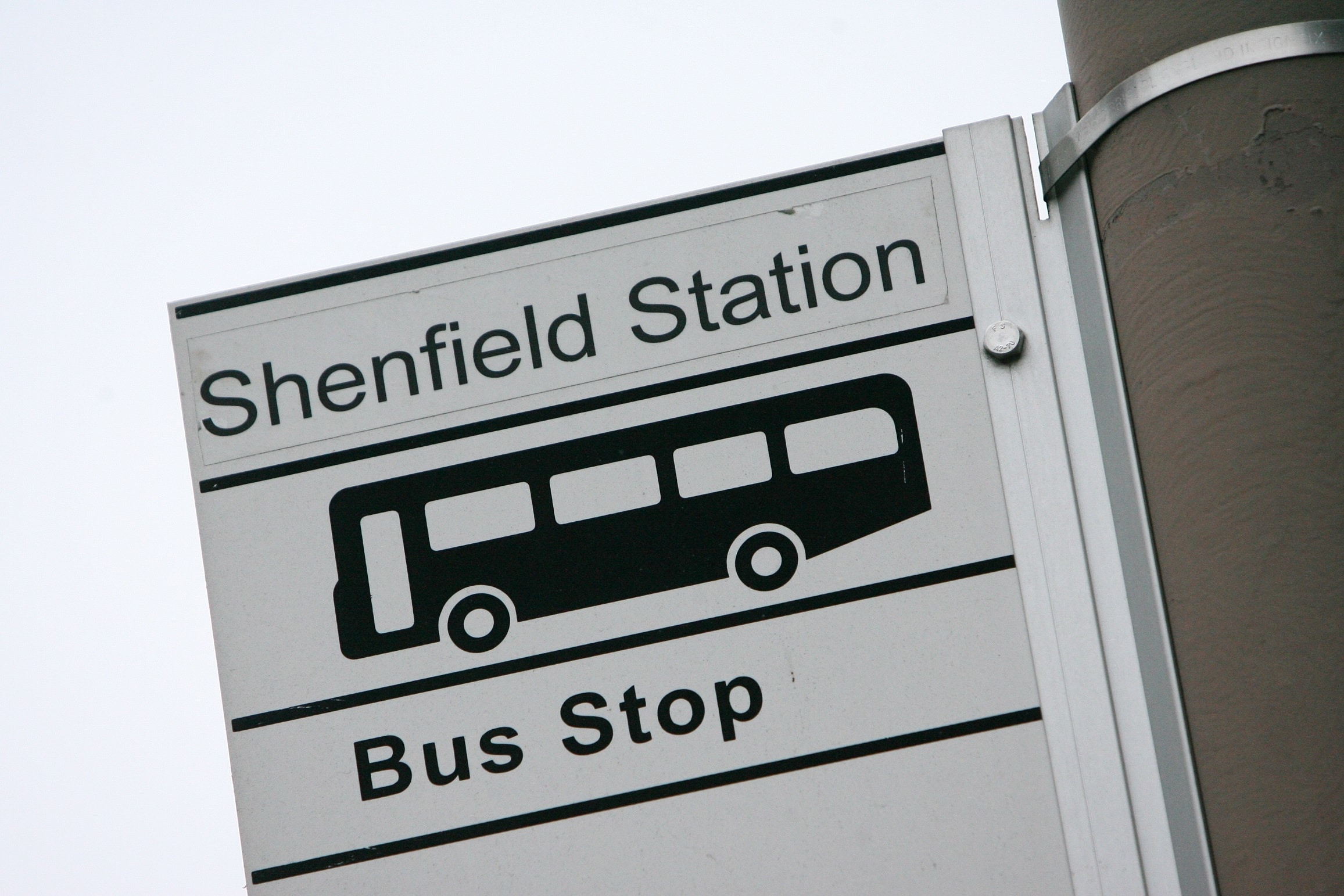Croner-i advises on the issue of wheel losses and how to prevent an incident from occurring
There are perhaps few more frightening accidents on the road than a commercial vehicle wheel loss at speed – and when they do happen, the outcomes can be serious. A wheel that has come off a vehicle travelling at around 50mph will continue to accelerate and may bounce many metres into the air. On its descent it is capable of exerting a force of several tonnes on whatever it encounters, and this can have devastating consequences.
In one incident on the M6 near Leyland in May 2019, the driver of a car that was hit by a flying loose lorry wheel was described as “the luckiest person in the world” when he escaped with only minor injuries and it was concluded that the damage caused by the tyre’s impact, which tore through the vehicle’s roof, would have been fatal to anyone sitting in the passenger seat. In other less fortunate incidents, there have been fatal outcomes.
The operator of a vehicle involved in such an accident could then reasonably expect a detailed and forensic investigation into its maintenance procedures, with the threat of prosecutions for anyone found to be involved in any failing – mechanics, transport managers, directors and the driver alike. Corporate manslaughter and custodial sentences for company directors might be applicable in fatal cases, where there is the added risk of expensive civil actions by injured parties.
Even leaving aside the more serious end of the spectrum and the risk of a serious accident caused by a wheel loss, incorrect wheel fixings can attract roadworthiness prohibitions or fixed penalties, which will have an effect on the operator’s Operator Compliance Risk Score (OCRS) and increase the risk of further enforcement action, with the added potential for a public inquiry and an O-Licence revocation.
Dispelling the myths – the science behind wheel loss
In combatting some reticence in the transport industry to seriously address the reasons behind wheel losses, some research and a series of publications have explained the causes for these incidents. Through its “Careless Torque Costs Lives” publication, DVSA has sought to counteract the belief that every wheel loss was an unavoidable accident and, as most cases are caused by the failure of one or more people, the reality is that almost every wheel loss incident can be avoided.
Understanding the science and mechanics of how and why wheels can come loose is then key to avoiding it happening. The fundamental cause of wheel loss is that the clamping forces between wheel and hub are not correct. A loss of clamping force can then lead to movement where the wheel and hub meet, which may cause wear and a loss of stud or bolt tension; all of which are triggers for wheel fixings to loosen.
There are numerous reasons why the clamping force may be reduced but they can usually all be attributed to incorrect maintenance procedures somewhere along the line.
Most fundamentally, wheel fixings need to be correctly tightened and, while it is logical that a loose wheel nut will contribute to a loose wheel, over-tightening a wheel fixing is equally harmful. Over-tightening can lead to stretching of wheel studs, studs being pulled through the hub or studs failing if the elastic limit of the material is exceeded. Tightening should be to a specified torque in accordance with manufacturers’ instructions and should be measured using a calibrated torque wrench. Tightening in the proper sequence is also crucial.
The quality, correctness, and cleanliness of wheel components themselves can also cause wheel loosening. Studs, nuts, spigots and washers – all the small components of wheel fixings – must be made to the right specification, of good quality (i.e. free of corrosion, rust or wear), clean and properly lubricated. Lubrication, like wheel nut tightening, can also be overdone, mainly because clamping force requires a certain level of friction.
Paint may also be an issue and any paint on the interfacing wheel fixings may soften when heated by braking, again causing a reduction in clamping force.
Wheel security – what operators can do
Wheel security should be viewed as a separate, distinct, and vital part of an overall maintenance regime and every operator should have a written wheel security policy in place, to be followed by every member of staff (or third party) who goes near the wheel of a vehicle – mechanics and drivers alike.
Driver checks
On a daily basis, drivers are responsible for inspecting wheel fixings as part of a walk-round check. Wheel nut indicators are a helpful means of carrying out a visual check for any wheel nut movement and drivers should also be looking carefully for any signs of damage (including cracked wheels, nuts or washers), elongation of stud holes and, most fundamentally, evidence that the wheel is loose. It goes without saying that any wheel security defect reported by a driver should be rectified before the vehicle is allowed on the road.
Wheel removal and retorquing procedures
Where any wheel is removed from a vehicle (for example, to change a tyre) and then re-attached, there should be documentary records, including a central wheel removal register which records the date that any wheel on any vehicle is removed and provides details of any components or parts removed or replaced.
Separate to that, there should also be a written record confirming that the necessary retorquing procedures have been followed each time a wheel is replaced. Many operators favour ‘torque-tags’ but these are not necessarily essential and the most important point is that the correct retorquing process is carried out and recorded.
Upon fitting, the wheel fixings should be torqued to the correct tightness, with a torque wrench calibrated to the correct manufacturer’s settings. Each wheel should then be retorqued to account for the early relaxation of tension after the first tightening (this is because wheel studs stretch when they are tightened and after a period of settlement, even in a stationary vehicle, that stretch and the clamping force will be reduced).
If a vehicle is stationary, it should therefore be retorqued after around 30 minutes and if the vehicle is used, it should be retorqued after between 40km and 80km of movement. Depending on which of these two applies, many manufacturers also recommend a further retorque after 24-hours.
Ensuring that the torque-wrench itself is properly calibrated is also essential and operators should always know when a torque wrench’s calibration certificate will expire; an out-of-date calibration certificate may mean that the wrench is not performing as it should. Additionally, only staff who have been trained in the use of a torque-wrench (including setting it to the correct calibration) should be permitted to use them.
For any operator seeking to get wheel security right, there is perhaps no better single point to remember than that proposed in the title of the original DVSA publication on the subject: Careless torque can cost lives.
In-depth guidance on vehicle maintenance and wheel security is available as part of a subscription to Transport-inform, available at a discount to routeone members.



























